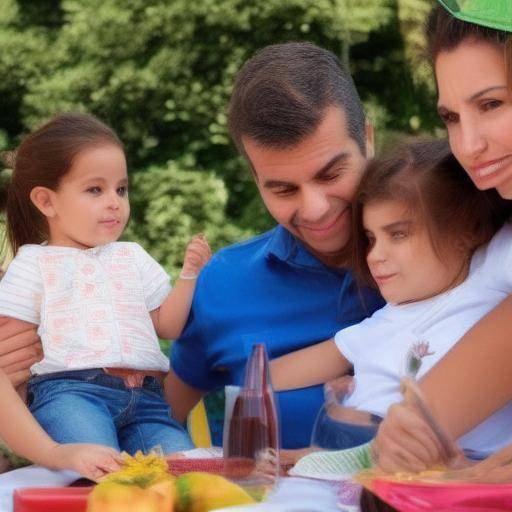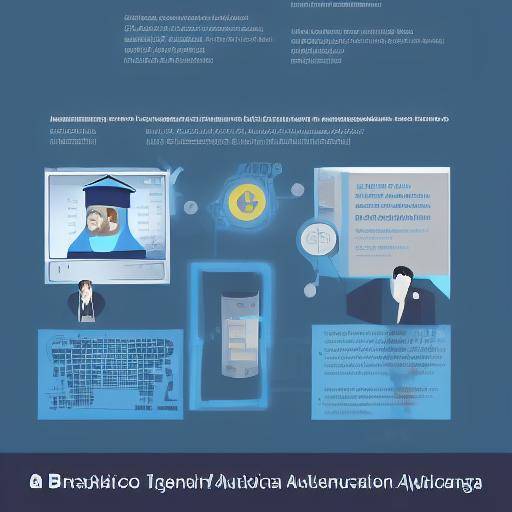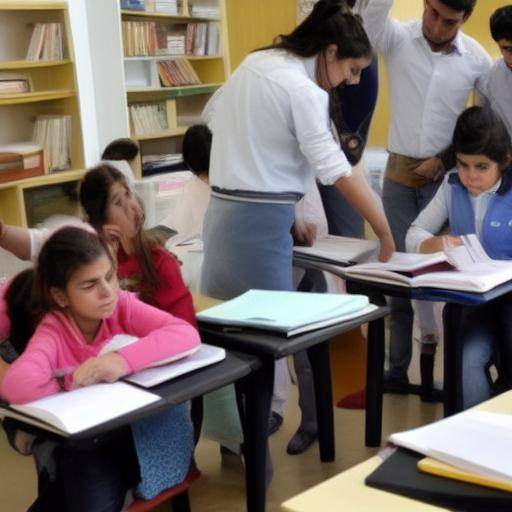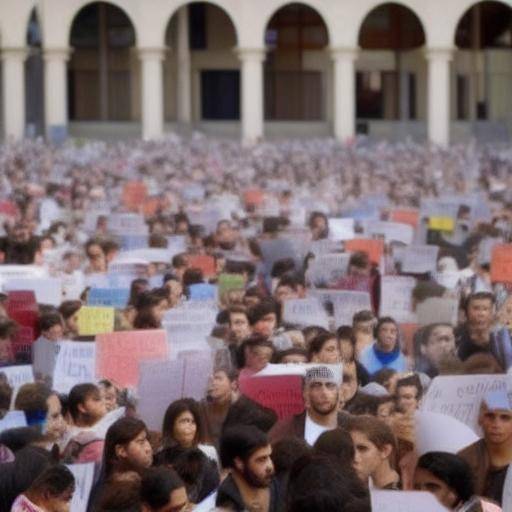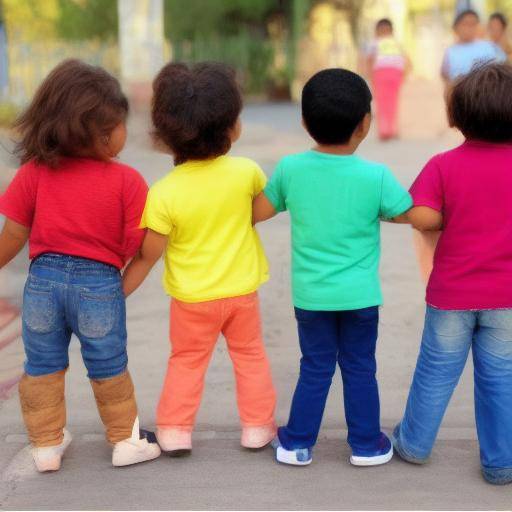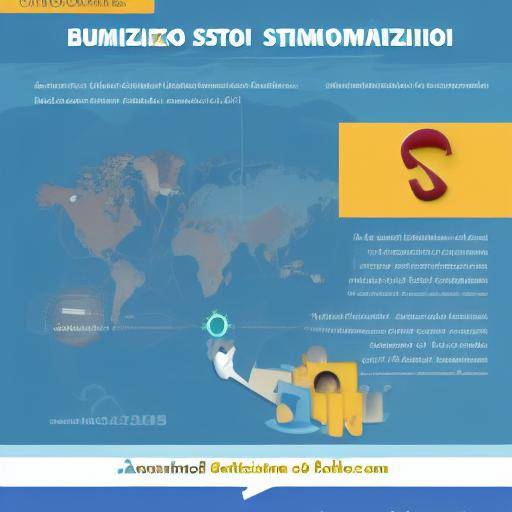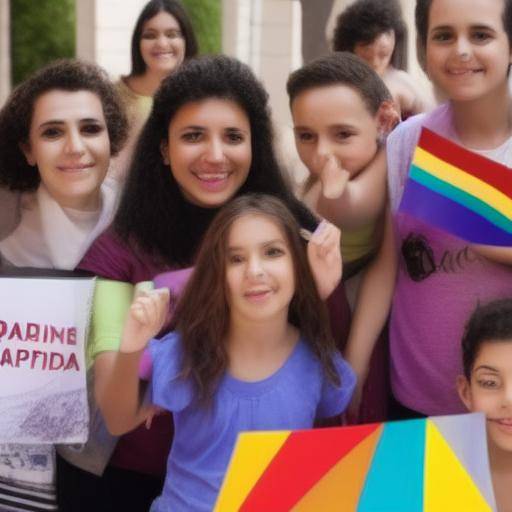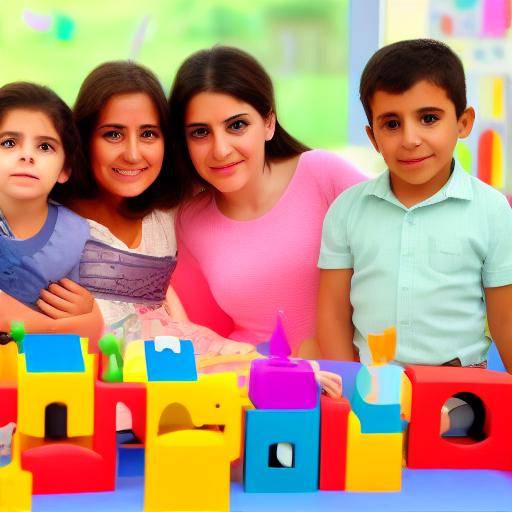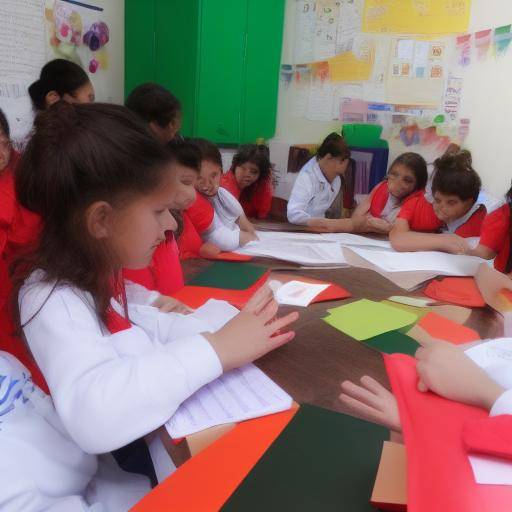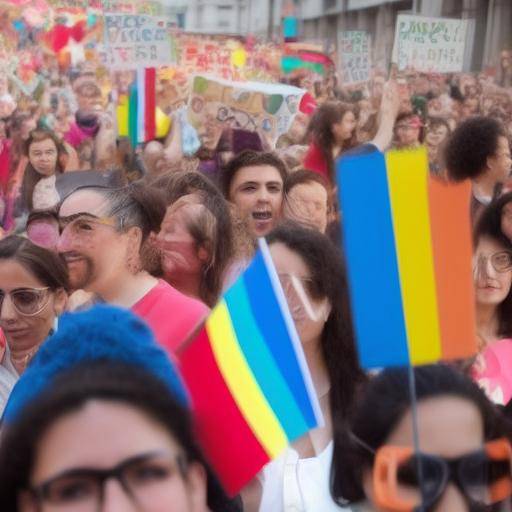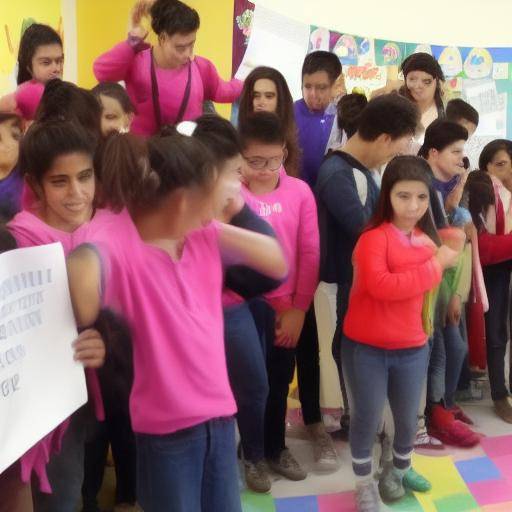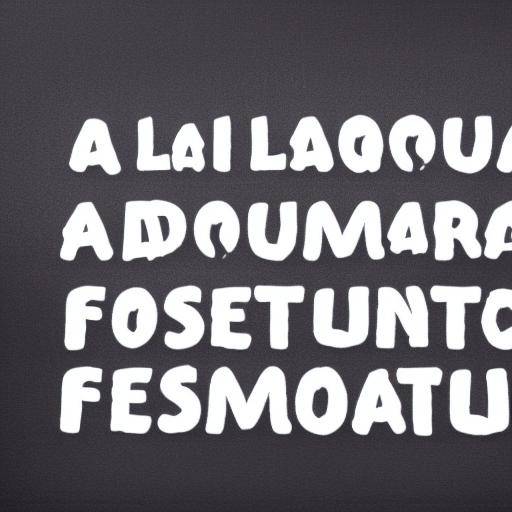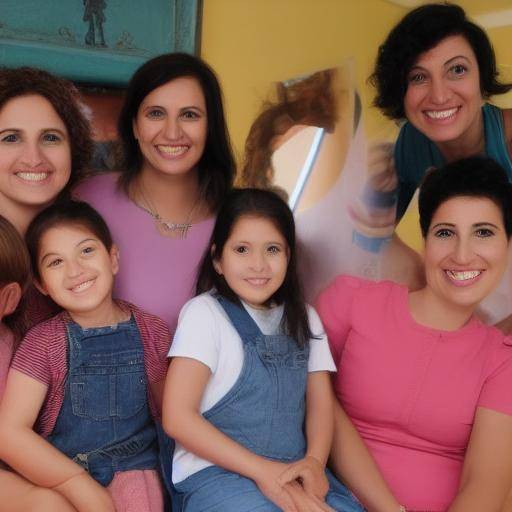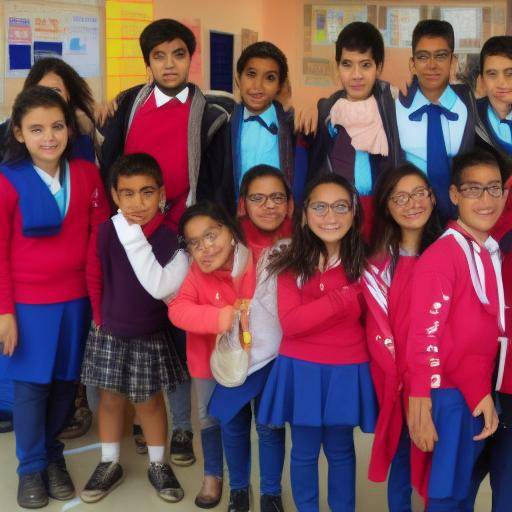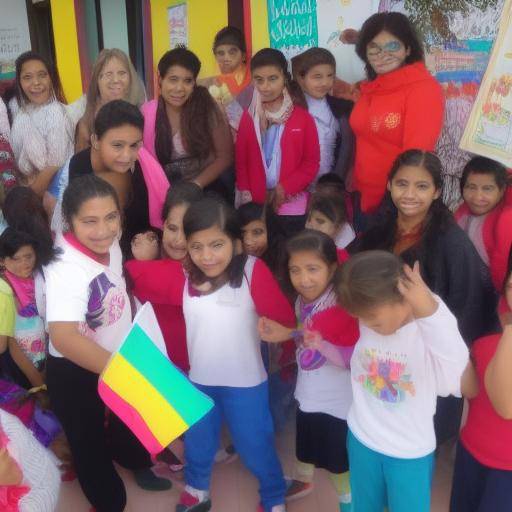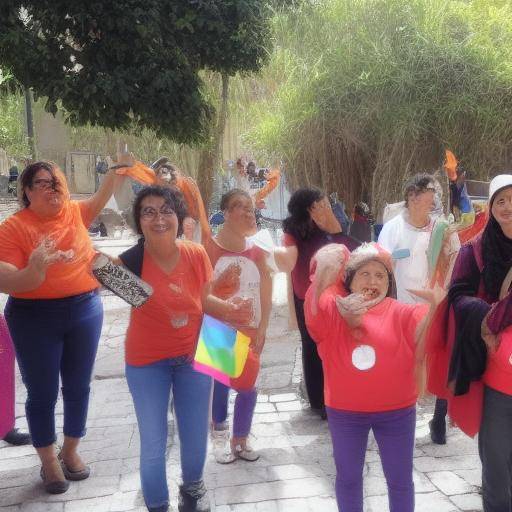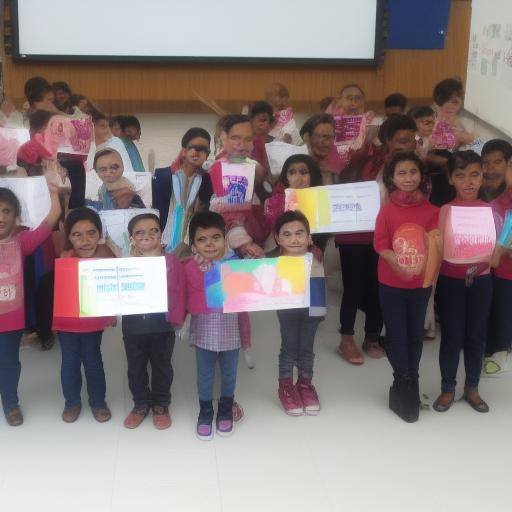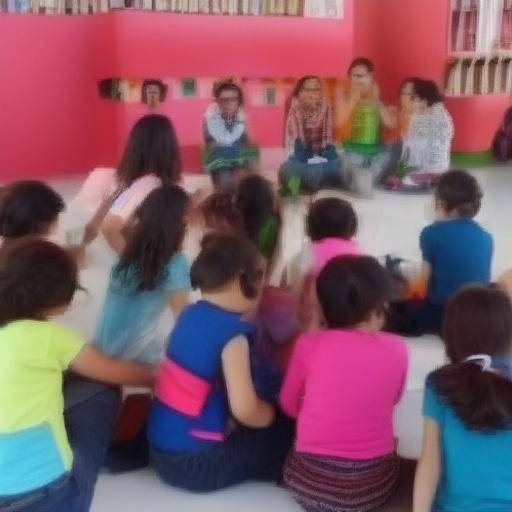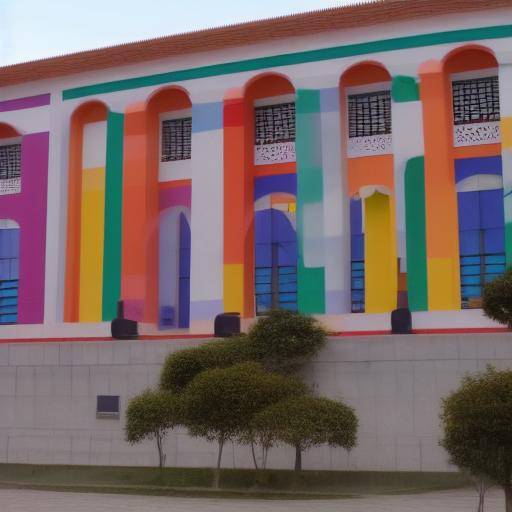
Introduction
Cultural diversity is a fundamental aspect of our global society. Differences in language, customs, traditions and values form the basis of cultural diversity, enriching our lives in countless ways. In the context of conflict resolution, cultural diversity can play a crucial role in promoting harmony and mutual understanding. In this article, we will explore in depth the benefits of cultural diversity in conflict resolution. From its history and background to its impact today and future trends, we will closely examine this fascinating intersection of concepts.
History and background
Cultural diversity has been a distinctive feature of humanity since time immemorial. From the old trade routes that fostered the exchange of ideas and beliefs to empires that integrated a wide range of cultures, the history of humanity is intrinsically linked to cultural diversity. In the context of conflict resolution, the understanding of these historical backgrounds is essential to appreciate the complexity of interaction between cultures in conflict situations.
An outstanding example of the influence of cultural diversity in conflict resolution is the ancient Islamic civilization, which flourished for centuries and served as a bridge between the cultures of Europe, Asia and Africa. The wealth and diversity of knowledge that were exchanged during this period laid the foundation for mutual understanding and the peaceful resolution of conflicts.
In-depth analysis
In the contemporary world, the benefits of cultural diversity in conflict resolution remain evident. The multiplicity of perspectives and approaches present in culturally diverse societies can greatly enrich the conflict resolution process by offering a variety of innovative solutions and unique perspectives.
For example, recent studies have shown that multicultural teams tend to be more creative and responsive in identifying effective solutions to business challenges. This dynamic translates directly into the area of conflict resolution, where cultural diversity can facilitate the generation of new ideas and the identification of innovative approaches to resolving disputes.
Full review
In assessing the practical application of cultural diversity in conflict resolution, its capacity to foster enriched dialogue among parties to conflict is revealed. In appreciating and embracing cultural differences, a common ground can be built that promotes mutual understanding and collaboration, which in turn facilitates a more effective process of conflict resolution.
Comparative analysis
By comparing the benefits of cultural diversity with other conflict resolution methodologies, it highlights its unique ability to promote empathy, understanding and creativity in finding solutions. While more homogeneous approaches may have limitations on the diversity of approaches and perspectives, cultural diversity provides a wealth of resources that enrich the conflict resolution process.
Practical advice and recommendations
In considering the active integration of cultural diversity in conflict resolution, certain practical advice and recommendations are raised. These include the promotion of an inclusive environment that actively values the contributions of all the cultures involved, fostering the open exchange of ideas and experiences, and generating a climate of mutual respect that recognizes the wealth of cultural diversity in the search for solutions.
Conclusions and FAQs
In conclusion, cultural diversity can play a key role in conflict resolution, offering a wealth of benefits that promote collaboration, creativity and mutual understanding. By embracing cultural diversity as an asset in conflict resolution, a positive and lasting impact on society as a whole can be generated.
Frequently asked questions
**1. What are some historical examples of the influence of cultural diversity in conflict resolution?**The Silk Road is an outstanding historical example, where cultural interactions played a crucial role in promoting trade and mutual understanding among various civilizations.
**2. How can cultural diversity enrich the conflict resolution process in corporate environments?**Cultural diversity can provide a wide variety of perspectives and approaches to the teams, which fosters creativity and innovation in resolving business conflicts.
**3. What are the challenges associated with integrating cultural diversity into conflict resolution?**One of the key challenges lies in the management of cultural differences and the need to ensure that all perspectives are equally valued.
**4. How can an inclusive environment that values cultural diversity in conflict resolution be encouraged?**Promoting open communication practices, mutual respect and recognition of the wealth of cultural diversity are fundamental steps to create an enabling environment.
**5. What are the implications of cultural diversity in conflict mediation at the international level?**Cultural diversity can provide a platform for effective mediation by offering a more holistic understanding of the dynamics at stake and allowing flexible and contextualized approaches.
**6. What are future trends in integrating cultural diversity into conflict resolution?**Cultural diversity is expected to be increasingly recognized as a strategic asset in conflict resolution, and initiatives that encourage effective integration at all levels of society are encouraged.
In conclusion, cultural diversity plays a key role in conflict resolution, offering a range of significant benefits. By embracing cultural diversity as an asset, we can foster inclusive and collaborative environments that promote mutual understanding, creativity and harmony in conflict resolution. Strengthening this approach can lead to a positive and lasting impact on our global society.

